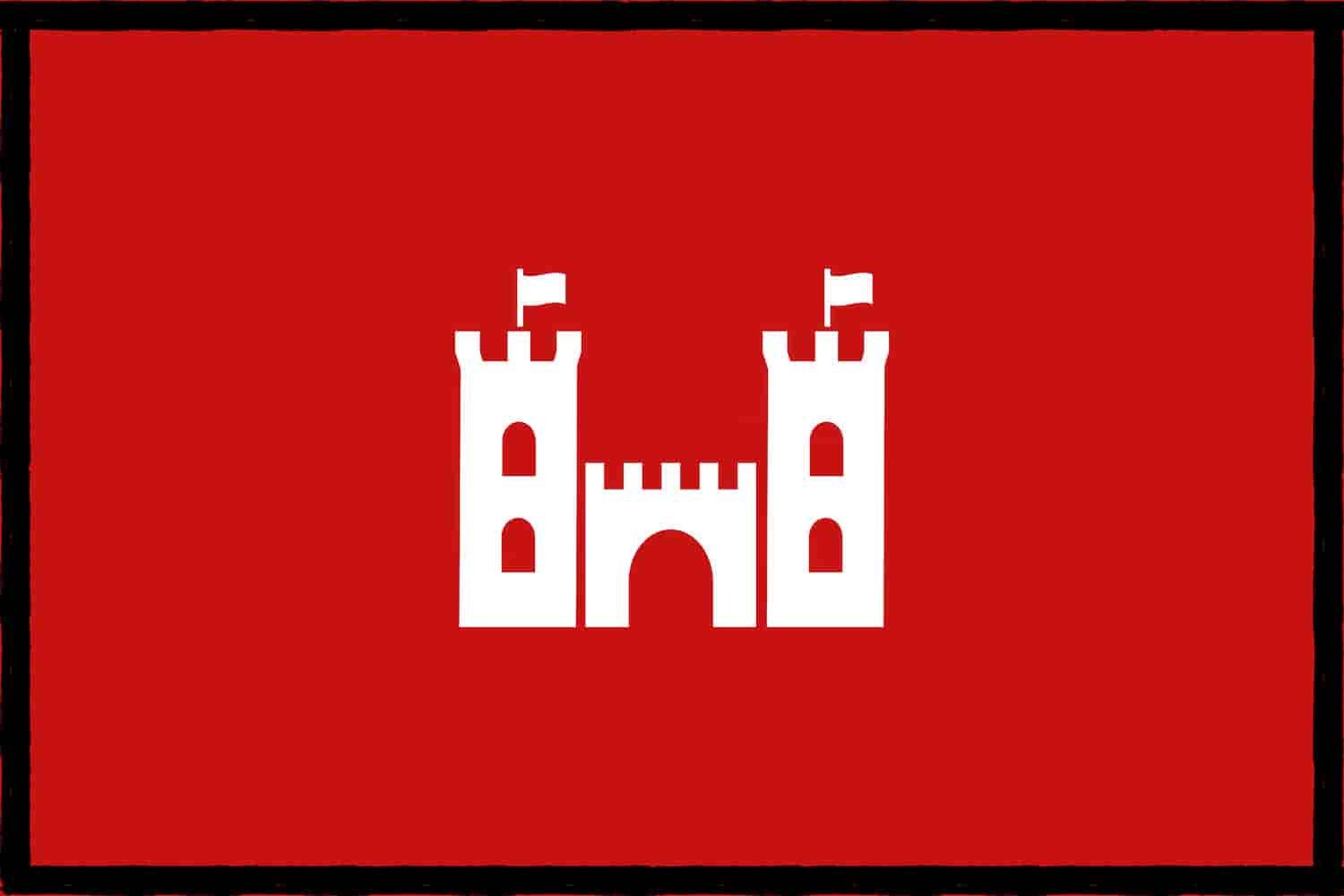How To Build A Competitive Advantage With A Business Moat
“In business, I look for economic castles protected by unbreachable moats.”
Think of your favorite brand or business. Whether it’s Apple, Nike, Peloton, Shopify, Twitter, or McDonald’s, the company has a moat around the business that protects it from the competition. And it’s this moat that keeps the business thriving and growing.
What’s a Business Moat?
Charlie Munger defines a moat as an intrinsic characteristic that gives the business a durable competitive advantage.
An intrinsic characteristic is one that is at the very core of the business. It cannot be removed without destroying the company.
Coca-Cola for example has a secret syrup recipe for its cola that is intrinsic to the company. If you remove the syrup, Coke isn’t Coke anymore.
Facebook has a network effect moat built into the business. Each person that joins Facebook adds value to the customers already on the platform. You can’t remove Facebook’s network efforts from Facebook - the business is built on it.
A durable competitive advantage is an advantage that allows the company to survive (and thrive) despite competitive businesses trying to make money in the same way.
There are many competitors to Coke, the most obvious being Pepsi. But Coke’s secret recipe (and strong brand moat) has kept it in business for 125+ years.
Similarly, there have been many social media competitors to Facebook. But because of its network effects (everyone and their mother is on Facebook), the company continues to thrive.
List of Business Moats
Once you learn these, you’ll start to see them everywhere.
Secrets Moat
This is a secret that the company has that gives them a competitive advantage.
Examples include Coke’s syrup recipe, the code for Google’s search algorithm, or a patent for a new drug.
Brand Moat
Apple comes to mind immediately. It’s a premier brand built around the feeling of an Apple product.
That’s what a brand is - an intangible asset that has been built up over time and has value for the customer.
A strong brand means the consumer is going to get exactly what they expect, every time.
Network Effects Moat
There’s one thing that Facebook, Twitter, TikTok, and all other social media apps have in common: network effects.
A business has a network effect moat when each new user adds value to the existing users.
Zero Marginal Cost of Reproduction Moat
Digital media and software is scalable because it costs nothing to replicate. If there is no cost associated with reproducing or redistributing work, we say the product has zero marginal reproduction costs. If creating another copy is free, your labor remains the same while your distribution grows.
Tech companies take advantage of this moat more than any other. When I draft an email for my weekly newsletter, I do the same amount of work if I send that email to one person (which was actually the case when I started) as I do now to the thousand+ people on my email list.
If Joe Rogan records a podcast episode, he does the same amount of work if one person listens to it or if 100 million people listen to it. The same is true for YouTube videos, tweets, software products, etc.
No matter how many people consume it, you’ve done the same amount of work.
Low-Cost Producer Moat
When a business can create a product for a lower price than any other company, it has a low-cost producer moat. These companies generally leverage economies of scale to keep their costs low, as well as zero marginal cost of reproduction.
Switching Moat
Alphabet’s G-Suite (Gmail, Google docs, etc.) is a good example of a switching moat. You could change providers for collaboration tools (Slack is trying pretty hard to usurp Gmail chat), but it’s a hassle and you’ve likely been with Google forever.
That’s a switching moat: a business provides a service that gets so deep into your daily life that it becomes a hassle to change over.
Monopoly Moat
A business that has a monopoly moat is the only provider of a service.
Your natural gas company is a good example. You can’t get natural gas to your house or apartment from any other company, so this particular company gets your business. The same goes for electricity companies and railway services.
Personal Moats
Moats don’t have to be just unique to companies. You can also have a personal moat as an individual.
One personal moat I have is the ability to delay gratification by focusing on one task over a long period. It’s how I built this blog, and it’s the heart of my investing approach.
Warren Buffett and Widening Moats
Legendary investor Warren Buffett evaluates his managers based on widening the moat of their respective businesses under Berkshire Hathaway.
And when he’s making an investment, he asks the simple question of whether or not the business is going to be more productive in 10 years than it is today. It will only be more productive if it has a moat that protects the business from the competition, and allows it to grow over time.
The average age of a company listed on the S&P 500 exchange is now less than 20 years, down from 60 years in the 1950s. Technology has disrupted how companies do business, making it more difficult to sustain a competitive advantage over time.
If you are looking for exceptional investment returns over the long run, make sure the company you’re buying has a moat, and that it’s constantly working to widen and deepen that moat over time.
If you can’t find the moat, be careful. Be very, very careful.
You can listen to Charlie Munger define a business moat at the 6:10 mark of the video below (and it’s worth watching the entire interview if you have the time). Thanks for reading.
If You Want More Content Like This, Follow Me On Twitter And Subscribe To My Newsletter:
—
Listen to Charlie Munger define a moat here at the 6:10 mark.
See Warren Buffett’s 2005 letter to Berkshire Hathaway shareholders for a discussion on moat-widening.



